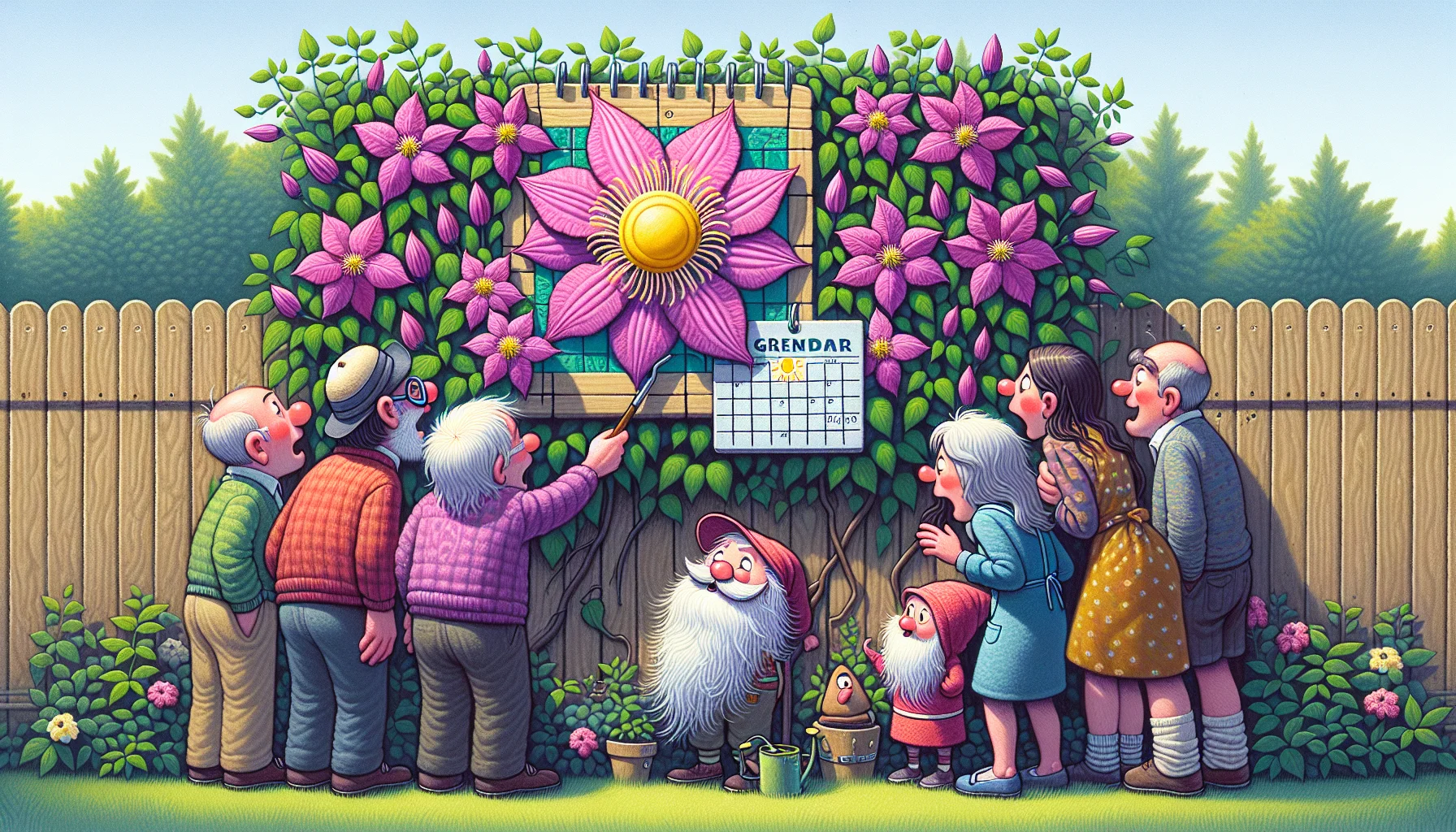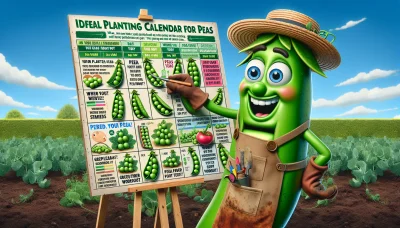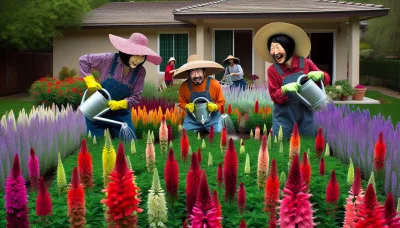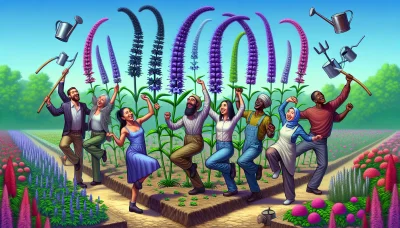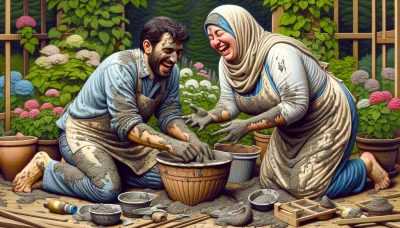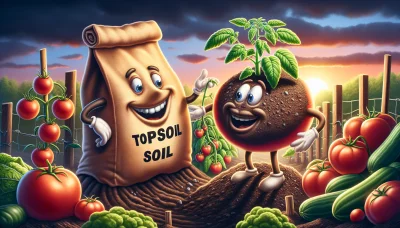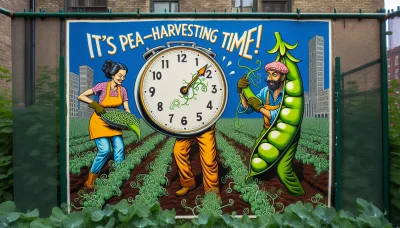When do clematis bloom Quiz
Test Your Knowledge
Question of
When Do Clematis Bloom?
Clematis plants are known for their stunning flowers and can bloom at various times throughout the year, depending on the species. Generally, clematis can be categorized into three main blooming periods. Early-flowering clematis bloom in late winter or early spring, mid-season clematis bloom in late spring or early summer, and late-flowering clematis show off their colors from summer into fall. This means that with careful selection and planting, it's possible to enjoy the beauty of clematis blooms throughout much of the year.
Types of Clematis and Their Blooming Periods
| Type | Blooming Period | Description |
|---|---|---|
| Clematis montana | Spring | A vigorous climber with masses of white or pink flowers. |
| Clematis alpina | Early Spring | Known for its beautiful, nodding bell-shaped flowers in shades of blue, purple, and white. |
| Clematis viticella | Summer to Early Autumn | Produces an abundance of small, bell- or star-shaped flowers in a variety of colors. |
| Clematis jackmanii | Mid to Late Summer | One of the most popular varieties, with large, deep purple flowers. |
| Clematis armandii | Spring | An evergreen variety with fragrant, star-shaped white flowers. |
| Clematis 'Nelly Moser' | Late Spring and Early Autumn | Features large, pale pink flowers with a striking dark pink stripe down each petal. |
How to Plant Clematis for Optimal Blooming
To ensure your clematis plants bloom beautifully, follow these essential steps. First, choose a location that receives at least six hours of sunlight daily, though some varieties can tolerate partial shade. The soil should be well-draining and rich in organic matter; amend it with compost if necessary. When planting, dig a hole deep enough to accommodate the root ball and position the plant so that the crown is 2-3 inches below the soil surface, which encourages strong root growth. Water thoroughly after planting and maintain consistent moisture, especially during the first growing season. Mulch around the base to retain moisture and keep the roots cool. Lastly, provide a sturdy support structure for the clematis to climb on as it grows. With proper care and placement, your clematis will reward you with vibrant blooms.
Caring for Your Clematis Through the Seasons
-
Spring:
- Prune late-flowering clematis to encourage strong growth and flowering.
- Begin regular watering, especially if the weather is dry.
- Apply a balanced, slow-release fertilizer to support new growth.
-
Summer:
- Continue watering, ensuring the roots stay moist but not waterlogged.
- Add a layer of mulch to retain moisture and keep the roots cool.
- Support climbing clematis with trellises or structures to encourage vertical growth.
-
Autumn:
- Plant new clematis, as the soil is still warm and conducive to root development.
- Reduce watering as the weather cools and growth slows.
- Apply a layer of mulch to protect the roots over the winter.
-
Winter:
- Prune early-flowering clematis varieties after blooms have faded.
- Check and repair any supports or trellises in preparation for spring growth.
- Protect the base of the plant from severe cold with a thick layer of mulch.
Troubleshooting: Why Isn't My Clematis Blooming?
There are several common reasons why your clematis might not be blooming. Firstly, it could be due to insufficient sunlight. Clematis generally require around 6 hours of sunlight to bloom optimally, so consider relocating your plant to a sunnier spot if it's in too much shade. Another reason could be incorrect pruning. Different varieties of clematis bloom on old or new wood, and pruning at the wrong time can remove the buds. Make sure you know which group your clematis belongs to and prune accordingly. Additionally, over or under-fertilizing can affect blooming. Clematis benefit from a balanced fertilizer, but too much nitrogen can lead to lush foliage at the expense of blooms. Lastly, ensure your plant is not too young. Some clematis varieties take a few years to mature and start blooming, so patience might be required. Addressing these issues can help encourage your clematis to bloom beautifully.
Pruning Clematis for Health and Abundant Blooms
Pruning clematis is essential for promoting healthy growth and ensuring a bounty of blooms. The key to successful pruning is knowing which of the three clematis groups your plant belongs to, as each has its own pruning requirements. Group 1 consists of early-flowering clematis, which bloom on old wood. These should be lightly pruned right after they bloom in spring to remove dead or weak stems. Group 2 includes large-flowered hybrids that produce blooms on old and new wood. Prune these in late winter or early spring, removing dead and weak stems, and then lightly prune after the initial bloom to encourage a second flush of flowers. Group 3 clematis, which flowers on new growth, benefits from more aggressive pruning. Cut these plants back to about 30-45 cm above ground level in late winter or early spring before new growth begins. This encourages strong new stems that will flower abundantly. Understanding and applying these pruning techniques will help your clematis thrive, leading to healthier plants and more vibrant displays of flowers.
Inspiring Clematis Garden Ideas
Transform your garden into a breathtaking display of color and texture with innovative clematis garden designs. Consider training clematis vines to climb over trellises, pergolas, or archways for a stunning vertical interest that draws the eye upward. Intertwine these versatile climbers with other plants like roses or shrubs to create a layered, multi-dimensional effect. For gardeners with limited space, clematis can also thrive in containers, adding a splash of vibrancy to patios or balconies. Experiment with different clematis varieties, combining early and late bloomers to ensure a season-long spectacle of flowers. Embrace the beauty of clematis and let your garden be a testament to creativity and nature's splendor.
